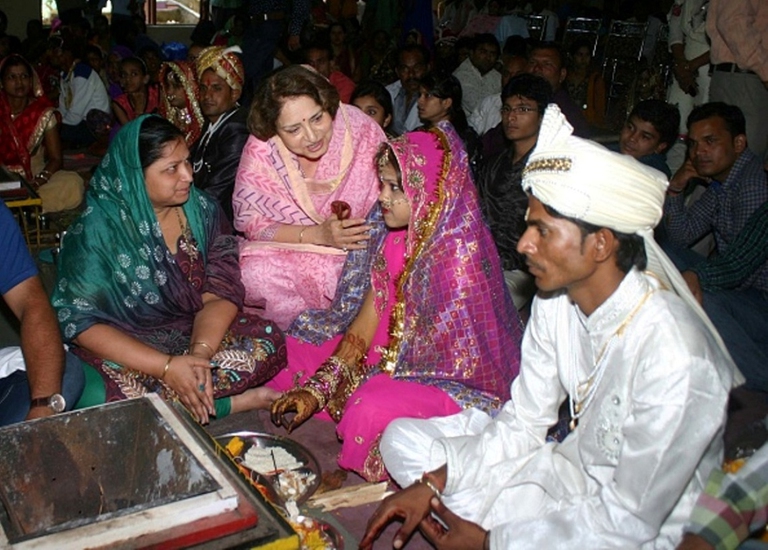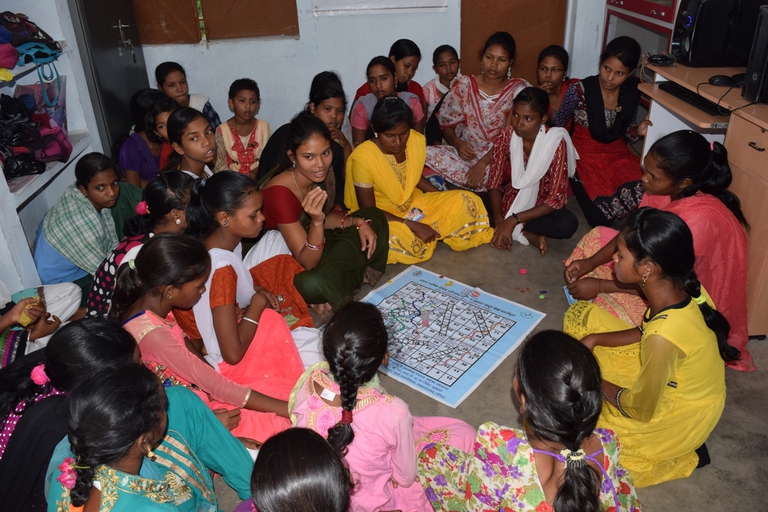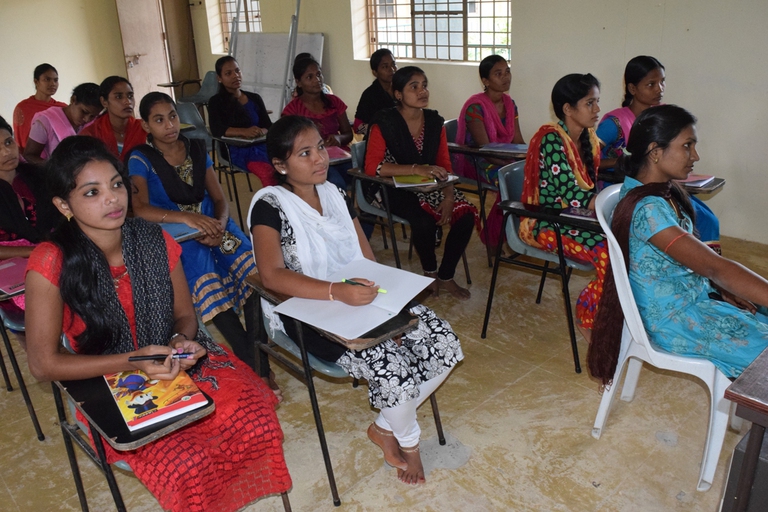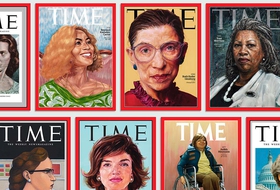
One in three women have suffered physical or sexual violence. With contributions from Europe, Africa, Asia and Latin America, we look at how this shadow pandemic affects every corner of the world.
Once shy, the adolescent girls of Gumma Block in India Gajapati district now speak out, laugh and dance to live the life upto their expectation.
Though child marriage continues to remain a serious global concern, interventions to contrast it carried out by governments and global organisations are starting to show results. Raising hope to end the practice, the Gumma block in India’s Gajapati district, populated by tribal populations, has taken centre stage by becoming child marriage free thanks to a United Nations Population Fund (UNFPA) programme involving thousands of girls in adolescent clubs to learn and share their views on the topic.
Defined as marriage before the age of 18, child marriage is particularly prevalent in sub-Saharan Africa and South Asia. It will affect an average of a little over 15 million girls a year starting from 2021 to 2030 if present trends continue, the UNFPA cautions.
For example in India almost 27 per cent of women between the ages of 20 and 24 got married when they were still girls and a little over 20 per cent of men aged 25 to 29 married as boys, reveals India’s 2015-16 National Family Health Survey (NFHS). The report also states that nearly 8 per cent of women between 15 and 19 years of age attain motherhood or pregnancy.
The country loses 56 billion dollars a year as a result of adolescent pregnancy, high secondary school dropout rates and joblessness among young women, according to the UNFPA’s State of World Population 2016. Despite special laws and legal provisions for the prohibition of child marriage, objectives remain unfulfilled because of lack of public awareness and insufficient enforcement.
300 kilometres south of Bhubaneswar, the capital of the eastern Indian state of Odisha, Gumma block – an administrative unit below that of district and above that of small town or village – has suffered social ailments such as high rates of school dropout among girls, early marriage and adolescent motherhood. This until two years ago the UNFPA decided to intervene under the Action for Adolescent Girls programme.
“Adolescence among girls was almost missing. Early marriage, which often resulted in motherhood and pregnancy at a tender age placing the lives of both the mothers and their children at risk, was rampant,” according to the programme’s manager Sanjukta Tripathy from the agency implementing it, People’s Rural Education Movement. “It happened because parents weren’t aware,” community leader Mariyam Raita commented.
Though the task of fighting the age-old practice was difficult, it was made possible by community involvement and education, and because it was the adolescent girls from the communities themselves to have taken on the role of agents of change, Tripathy explains.
At least 3416 girls between 10 and 19 years of age came together through 211 adolescent clubs across Gumma. Resource centres called Ashakiran equipped with computers, printers, internet facilities and television sets worked as safe spaces for meeting, learning, sharing ideas, discussing issues and watching movies. “The change is now visible. These girls who didn’t know about computers are now seeing them physically, touching and operating them. This is a big thing for our girls,” said Mariyam Raita.
Girls like Ankita who stopped her education at class VIII have been sent to school again. Many like Phulmani have convinced their parents to defer their marriage until they’ve attained adulthood, whilst Ranjita and others who married early have decided to delay pregnancy. After receiving skill training many of the girls are now working outside the district and some are self-employed.
“Surpassing the shyness, these girls now speak out, laugh, play and dance without any inhibition,” Tripathy says recalling the initial days of intervention. The outcomes aren’t only inspiring but also bear enormous possibilities for wider replication to end child marriage in other areas of India and the world.
Siamo anche su WhatsApp. Segui il canale ufficiale LifeGate per restare aggiornata, aggiornato sulle ultime notizie e sulle nostre attività.
![]()
Quest'opera è distribuita con Licenza Creative Commons Attribuzione - Non commerciale - Non opere derivate 4.0 Internazionale.
One in three women have suffered physical or sexual violence. With contributions from Europe, Africa, Asia and Latin America, we look at how this shadow pandemic affects every corner of the world.
The Istanbul Convention against gender-based and domestic violence marks its tenth anniversary. We look at what it is, who its signatories are, and what the future might hold.
European Commission President Ursula von der Leyen reminded us of the gravity of violence against women around the world, and of the Istanbul Convention’s utmost importance.
President Erdoğan has pulled Turkey out of the Istanbul Convention, key in the fight against gender violence, claiming that it favours the LGBT community rather than family values.
Violence against women in Peru has increased as a result of Covid-19 lockdowns. 14,912 people were reported missing from January to November 2020, more than half of them minors and 64 per cent women. People have been confined to their homes for months, many forced to endure poor physical, economic and social conditions. A situation that
Joys Estefani Qqueccaño Huamani, 24, disappeared from her rural community in Peru on 9 October. Her family began looking for her independently of the authorities and despite the resistance of relatives of Joys Estefani’s ex-partner Arturo Ccana Condori, 32, charged with committing violence against her on 28 September, eleven days before Joys Estefani disappeared. Photos
Costa Rica celebrated its first same-sex marriage when two women, Alexandra Quiros and Dunia Araya, celebrated their wedding: an “extraordinary moment”.
The pandemic and its restrictions are affecting everyone, without exceptions. However factors like housing, income inequalities, gender, access to technology and working conditions are influencing how people experience the health crisis.
Time magazine’s 100 Women of the Year project sheds light on influential women’s stories, from Amelia Earhart to Greta Thunberg. A selection of some of the greats for International Women’s Day.











